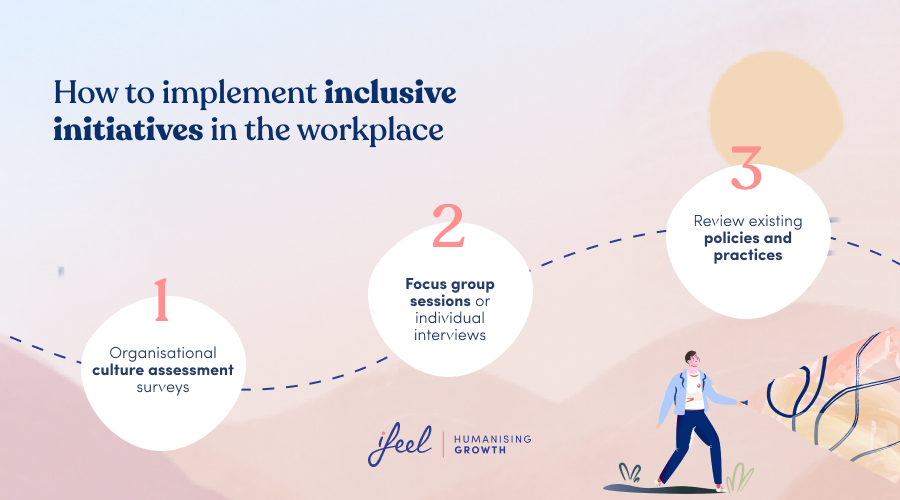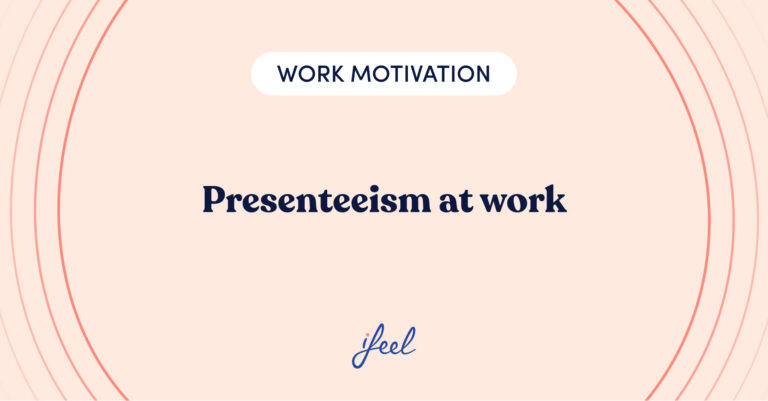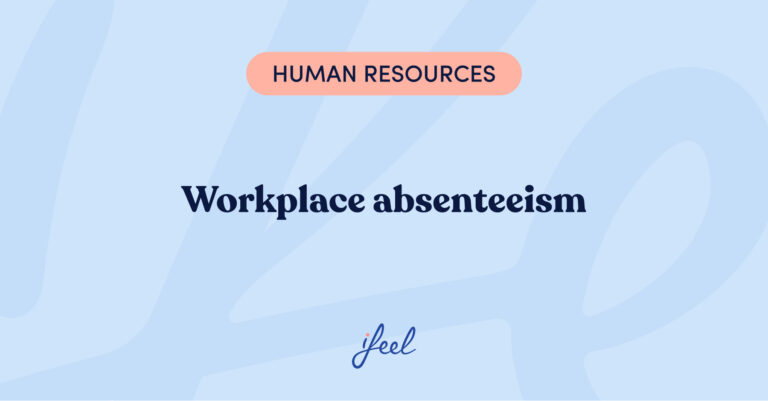The “glass ceiling” is a critical metaphor highlighting the unseen barriers preventing women and minorities from ascending to top-tier leadership positions. Although progress has been made in the workplace over the past several decades, the glass ceiling is still something women face today.
Research shows that women’s median weekly earnings in 2024 were only 81 percent of men’s, while just over 10 percent of Fortune 500 companies had women in CEO positions. Recognising the glass ceiling is the first step towards identifying and ultimately dismantling these obstacles, paving the way for workplace equality. Understanding this concept is essential for organisations committed to fostering inclusivity and equality.
As a decision maker, what actions are you taking to break the glass ceiling for your female workforce?
Characteristics of the glass ceiling
Recognising the glass ceiling is the first step towards identifying and ultimately dismantling these obstacles, paving the way for workplace equality. Unveiling its characteristics provides insight into why it remains a pervasive issue in professional settings.
1. Invisible barriers: The glass ceiling is not codified in any law or policy; it exists in practice, not in theory. Women experience this as an implicit, often unspoken limitation on their career progress.
2. Transparency: Just as glass is clear, the pathway to higher roles appears open and accessible. However, this visibility is deceptive, as women face numerous obstacles in attempting to ascend the corporate ladder.
3. Impenetrable hardness: Despite various justifications for its existence, solutions to shatter this barrier effectively remain elusive. The glass ceiling persists, hardened by entrenched biases and systemic inequalities.
Corporate areas impacted by the glass ceiling
The presence of a glass ceiling within an enterprise extends far beyond individual career limitations and can permeate multiple facets of corporate structure and culture. This invisible barrier can subtly and significantly disrupt a company’s operational efficiency and morale.
| Aspect | Description |
|---|---|
| Team cohesion | A woman who perceives her male colleagues receiving better opportunities may find it challenging to engage with them as collaborators fully. |
| Talent retention | Women aware of a glass ceiling are more likely to seek employment elsewhere, affecting retention rates. |
| Reputation | Companies known for having a glass ceiling struggle with recruiting top talent and maintaining a positive brand image. |
| Productivity | When women feel advancement is unattainable, their motivation to perform at their best diminishes. |
Preventing the glass ceiling
Preventing the glass ceiling requires a multi-faceted approach that involves awareness, transparency, and flexibility. For leaders and HR managers, implementing effective strategies to break down this barrier is vital for creating an equitable work environment that nurtures talent and drives growth. The following strategies are essential in this endeavour:
- Awareness and training: Provide unconscious bias training to all employees, particularly those in decision-making roles.
- Data transparency: Regularly publish data on gender representation in leadership to maintain accountability and track progress.
- Flexible working arrangements: Support work-life balance through policies that accommodate diverse life situations, which can disproportionately affect women.
Negative effects of the glass ceiling
The glass ceiling remains a significant barrier that hinders individual career progress and affects organisational dynamics and overall market competitiveness. Understanding these negative impacts is crucial for decision-makers and HR leaders committed to fostering an inclusive workplace. The following points outline some of the key consequences:
- Economic disparity: Women often earn less than their male counterparts, contributing to a persistent gender pay gap that affects lifetime earnings and retirement savings.
- Career frustration: The inability to progress as their male colleagues do can lead to dissatisfaction, disengagement, and even mental health issues among women.
- Organisational stagnation: Companies miss out on diverse perspectives critical for innovation and growth, potentially impacting their competitiveness.
Addressing the glass ceiling is not just a matter of social equity but an essential strategy for enhancing organisational performance and sustainability. By implementing policies that promote equality and inclusiveness, companies can unlock the full potential of their workforce, benefiting from increased innovation, improved morale, and a strengthened reputation in the global market.
Key strategies to address the glass ceiling
Effectively tackling the glass ceiling requires strategic initiatives aimed at fostering an inclusive environment where all employees, especially women, have equal opportunities to advance.
| Strategy | Description |
|---|---|
| Leadership development | Programs to prepare women for executive roles |
| Policy review | Audits of promotion and compensation practices to remove biases |
| Inclusive culture | Encourage diversity through employee resource groups and inclusive policies |
| Mentorship programs | Connect women with senior leaders for career support |
| Training and awareness | Unconscious bias training for all employees |
| Data transparency | Publish gender representation data regularly |
| Flexible arrangements | Support work-life balance with flexible policies |
By implementing these strategies, HR leaders and decision-makers can cultivate a supportive environment that values diversity and promotes equal opportunities. Such efforts not only enhance organisational culture and employee satisfaction but also position the company as a leader in innovation and competitiveness. Prioritising these initiatives will lead to sustainable growth and success in today’s diverse global market.

The Leadership Lens🔎
From a leadership perspective, acknowledging and addressing the glass ceiling is crucial for fostering an inclusive and equitable workplace. Leaders play a pivotal role in reflecting on existing biases within hiring and promotion processes that may contribute to this barrier. By actively advocating for underrepresented groups and implementing strategies to empower women, such as mentorship and sponsorship programs, leaders can drive significant cultural change within their organisations. These actions not only help dismantle the glass ceiling but also promote a more diverse and thriving work environment.
Mental health: The biggest business challenge of our time
At ifeel, we recognise that addressing the glass ceiling is not just a moral obligation, but a strategic necessity for long-term success.
To help in this process, our clinical team provides leading companies in their sector with a dynamic, scalable and fully personalised solution, powered by AI. We have a strategy and approach based on key data to help organisations with a global presence address one of the biggest business challenges of our time: mental health at work.
This solution offers employees a mental health care service structured at different levels depending on their needs at any given time. Discover our Resources section, where you will find various materials, such as webinars, podcasts, guides for human resources on current topics, and interviews with leaders of large organisations.
Data-driven methodology
Our mental health solution for enterprises employs evidence-based practices and innovative methods, backed by the latest research and a network of over 600 mental health professionals. Would you like to know more about our Clinical Research Department? Don’t forget to visit this section to stay informed about the latest studies and research on mental health in corporate environments.
We hope you found this article on glass ceiling interesting.
If you would like more information, simply request it here. Our team will calculate the ROI based on your enterprise’s specific characteristics.










